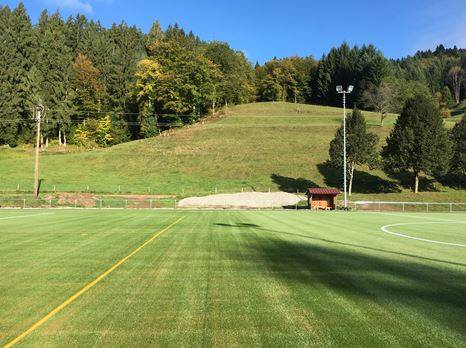2. Sustainability
Cork is a renewable and recyclable product, of a 100% natural origin. As tree bark, cork contributes to CO2 retention. During the production process of the infill, all generated waste is reusable and, in the end-of-life treatment of a turf system, cork is the type of infill that releases the lowest amount of CO2.
3. Contamination-free
All materials used in the production process of Amorim Cork Composites’ infills are 100% free from any chemical contamination, in accordance with REACH regulations, and do not show any traces of potentially harmful substances.
6. Durability
Cork is extremely flexible and highly resistant to moisture, oxidation and deterioration, thanks to the suberin coating of its granules. These characteristics reduce wear and tear and ensure the quality of the artificial turf system for a longer period of time.
7. Reduced installation and maintenance costs
Due to cork’s low density, cork infills are substantially lighter and produce less splash than rubber-based infills. As a result, during installation, less infill per square metre will deliver the same results and there is less need for maintenance. In addition, an artificial turf system with cork infill requires less water during sprinkling, prior to the game and at breaks, to maintain the ideal surface temperature.


